Two Birds, One Stone, Integrated Ebola and COVID Prevention TV Spot – Mali
This TV spot was developed as part of Mali’s integrated campaign to address key Ebola and COVID prevention measures in 2021.
Source: Two Birds, One Stone, Integrated Ebola and COVID Prevention TV Spot – Mali

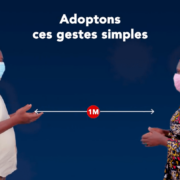
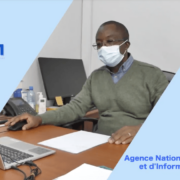
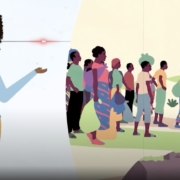

 This short video, part of the ‘Zero Ebola’ campaign, reminds communities to be vigilant and demonstrates how to keep Ebola at bay.
This short video, part of the ‘Zero Ebola’ campaign, reminds communities to be vigilant and demonstrates how to keep Ebola at bay.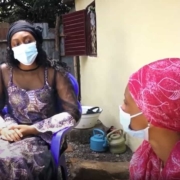
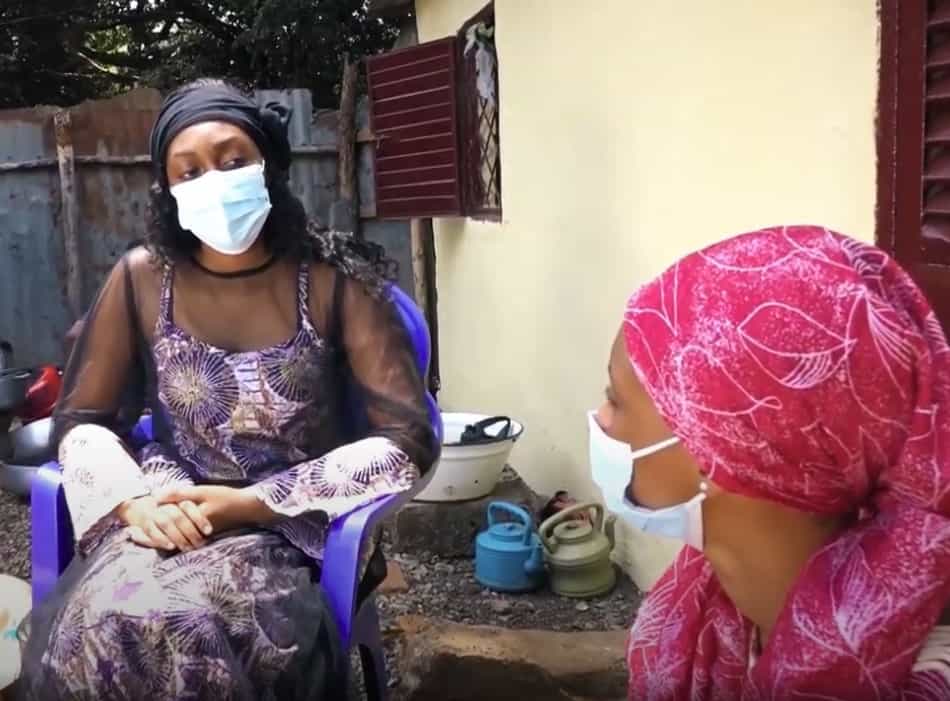 This video from Guinea discusses how families can protect themselves against EVD and prevent the spread of Ebola. The video is available in seven languages.
This video from Guinea discusses how families can protect themselves against EVD and prevent the spread of Ebola. The video is available in seven languages.
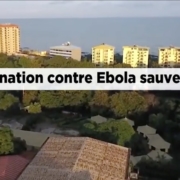
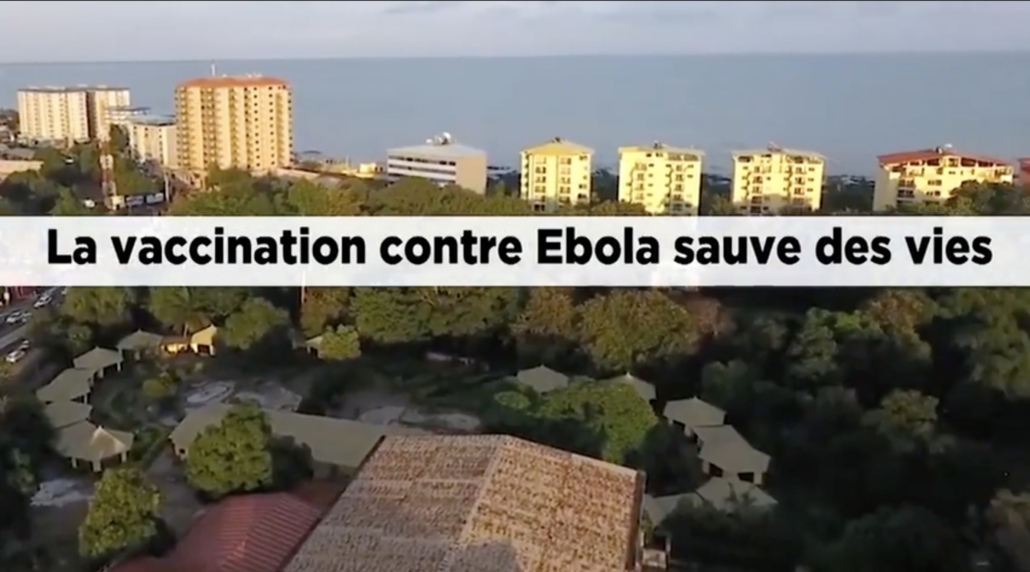 This video from Guinea discusses the importance of vaccination in the prevention of Ebola, produced in French and 5 local languages.
This video from Guinea discusses the importance of vaccination in the prevention of Ebola, produced in French and 5 local languages.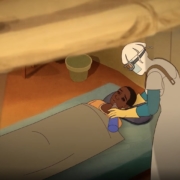
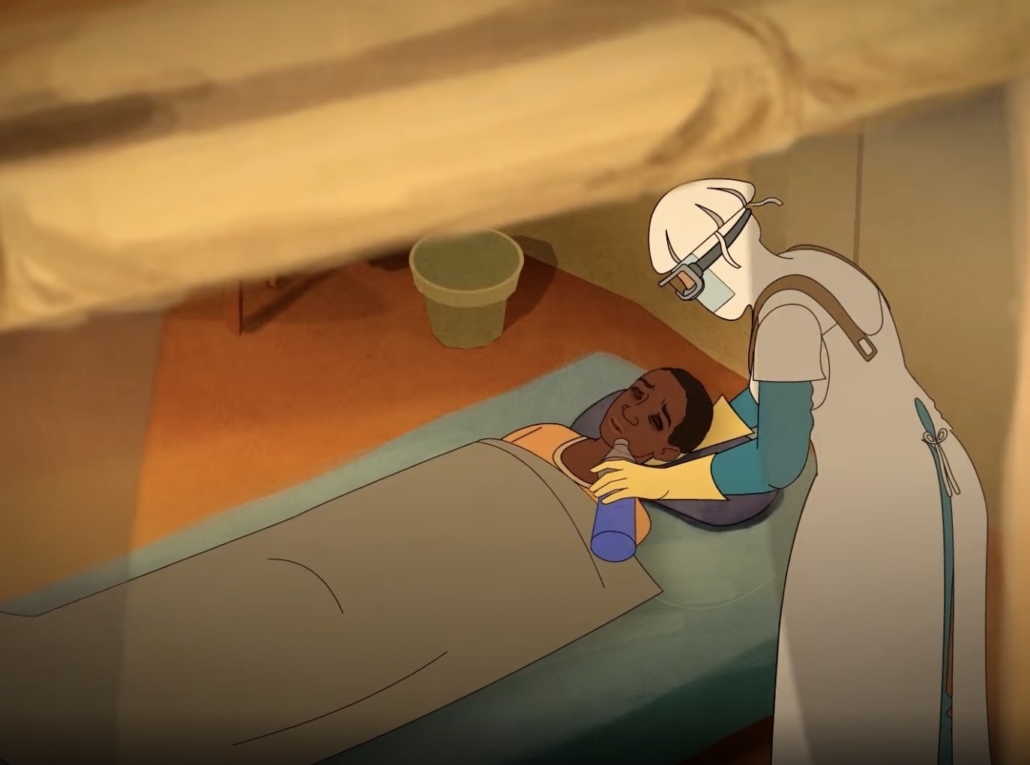 This video contributes to efforts to prevent the spread of the Ebola virus in Africa. It reflects the co-creators’ approach to creating non-coercive media, in this case using animation to create a message of love for the living through an African spiritual voice.
This video contributes to efforts to prevent the spread of the Ebola virus in Africa. It reflects the co-creators’ approach to creating non-coercive media, in this case using animation to create a message of love for the living through an African spiritual voice.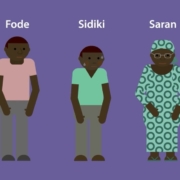
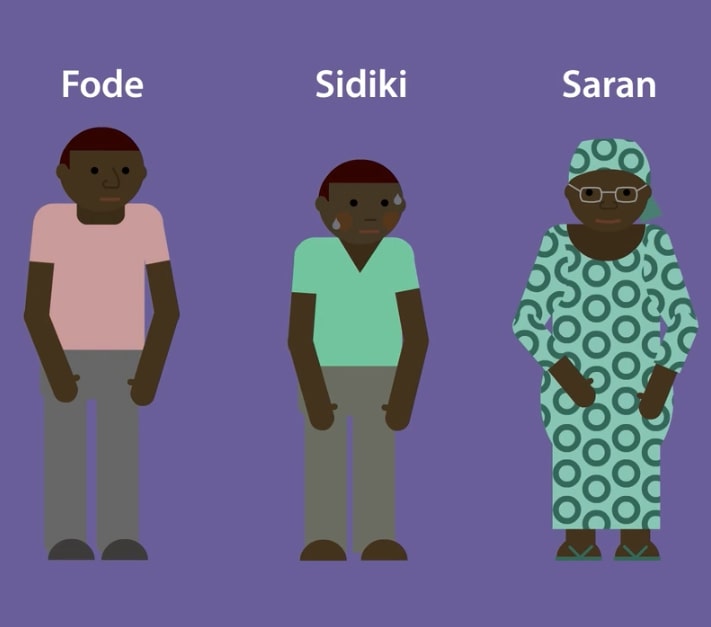 This film discusses the role of community health workers in their essential “contact tracing” work to prevent the spread of Ebola. It explains the role of contact tracers in finding people who have been in contact with an Ebola patient and in raising awareness to help stop the transmission of the disease.
This film discusses the role of community health workers in their essential “contact tracing” work to prevent the spread of Ebola. It explains the role of contact tracers in finding people who have been in contact with an Ebola patient and in raising awareness to help stop the transmission of the disease.
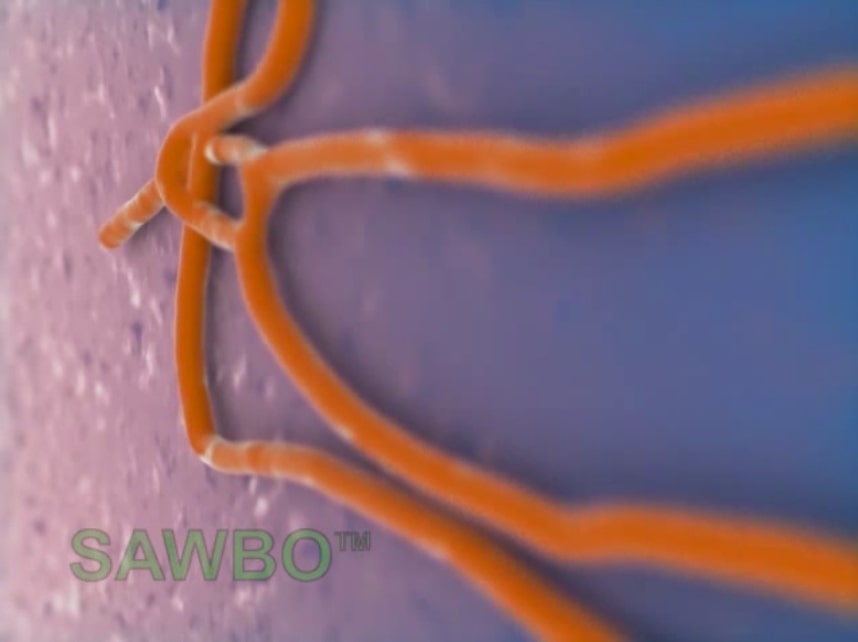 This video from the Democratic Republic of the Congo provides information on the symptoms of Ebola disease, how it is transmitted, and how we can help stop its transmission.
This video from the Democratic Republic of the Congo provides information on the symptoms of Ebola disease, how it is transmitted, and how we can help stop its transmission.